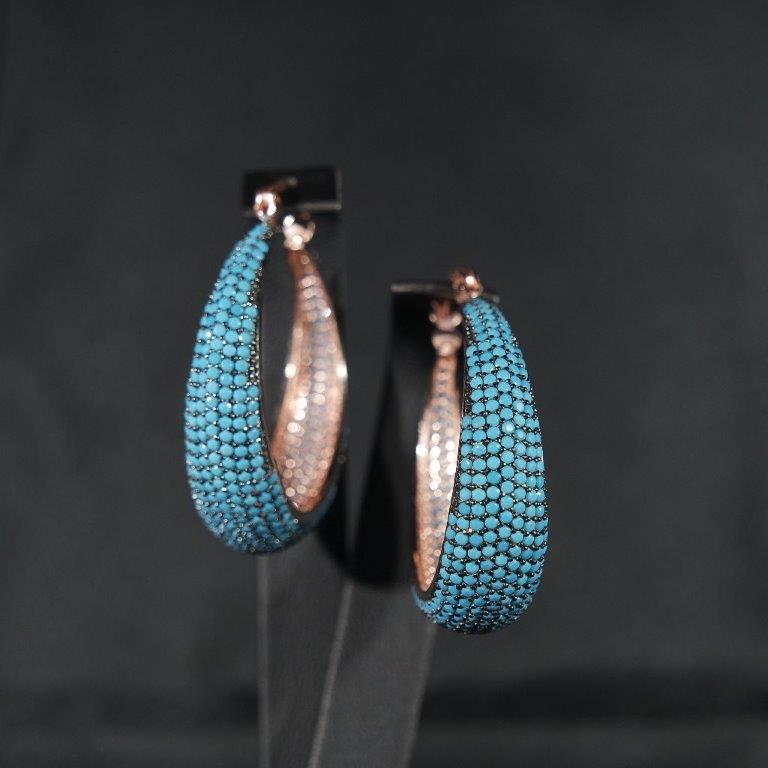







Nureteka’s vintage-style jewelry is mostly inspired by 16th-century Ottoman Empire jewelry. The pieces are inspired by archives of the Empire, the richest, most luxurious time of the Ottoman Empire.
Scholars believe that Roxelana, called Hurrem Sultan, entered the harem of Suleyman The Magnificent, the 10th Sultan of the Ottoman Empire, at around fifteen years of age. And she became Suleiman’s lover around the time he became sultan in 1520. Hurrem’s rise from harem slave to Suleyman’s legal wife and queen of the Ottoman Empire. Her joyful spirit and temperament earned her a new name, Hurrem, or ‘the cheerful one’.
The jewelry she wore inspired the jewelry used in historical TV series. Because of that, she brought a revival of the unique pieces that were nearly lost. Her influence on the arts, architecture, and social grace of The Empire cannot be understated.
Nureteka is proud to bring you a small representation of Hurrem Sultan’s magnificent jewelry at our Santa Fe location.
Materials and craftsmanship
The materials with which the artisans worked usually consisted of gold or silver and brightly colored precious or semi-precious stones set in one of these metals. The Ottomans used their jewelry not just for personal adornment but to also express power and virility. So, they used jewels in ways that we would hardly consider today such as on thrones, the covers of books, swords, goblets, and lamps.
Miniature paintings don’t do justice to the ways in which jewelry was used by the Ottomans for personal adornment. Although aigrettes, necklaces and earrings are depicted. So, a clearer picture can be obtained in paintings by Western artists who visited Istanbul over the centuries.
Gold and silver were the most popular metals. Although today jewelers only consider diamonds, emeralds, rubies, and blue sapphires to be truly precious stones, the Ottomans considered a wider variety of stones to be precious, including turquoise, lapis lazuli, carnelian, jade, and rock crystal. And color was more important for the Ottomans than it is in modern times and that’s maybe why they liked colored diamonds or used them to set off a larger, brighter stone like an emerald or ruby. Pearls were especially great favorites.
Symbolism in Ottoman Jewelry
Symbols play a significant role in Ottoman jewelry designs. Motifs like the tulip, which was cherished in the Ottoman Empire, are common. These symbols carry rich meanings and stories from the past. They add depth and intrigue to the jewelry, making each piece a conversation starter.
Ottoman Empire Craftsmanship in Modern-day Jewelry
Craftsmanship is key in bringing Ottoman influences into today’s designs. Skilled artisans pay close attention to detail, just as their predecessors did. They employ age-old techniques while embracing new technologies. This ensures each piece of jewelry is not only beautiful but also of high quality. Ottoman jewelry designs have found fans around the world. The mix of historical influences and contemporary style is universally appealing. People from different cultures appreciate the craftsmanship and the story behind each piece.
